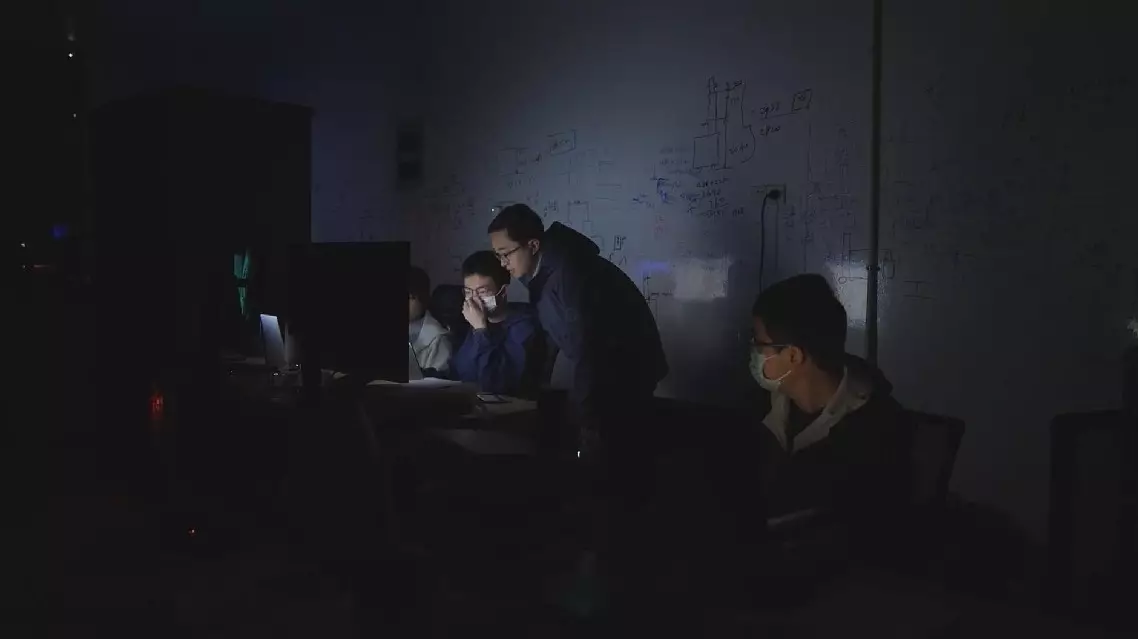Scientists from Nanjing University in east China's Jiangsu Province have reached a groundbreaking milestone by observing graviton-like quasi-particles for the first time, solving a nearly century-old scientific puzzle through their dedicated and patient research.
Professor Du Lingjie and his team from the Nanjing University's School of Physics successfully made the observation in recent months, completing a feat that has eluded scientists since the concept of the graviton was proposed in the 1930s.
The breakthrough comes thanks to the scientists' perseverance, which saw them spending hours working away in a pitch-black laboratory, where they developed the world's first experimental set-up capable of detecting these previously elusive particles.
The research focuses on the so-called fractional quantum Hall effect (FQHE), a form of quantum liquid, with the team employing novel optical methods to study chiral gravitons.
Du, who has dedicated over a decade to the study of quantum physics, explained the significance of their work using a familiar analogy.
"Imagine the Earth's gravity as a stretched elastic sheet. A massive object, like an apple, creates a depression on this sheet. A small ball rolling across this sheet will move towards the depression, similar to how gravity works. This deformation is akin to ripples in spacetime, known as gravitational waves, and the corresponding particle is the graviton," he explained.
Despite the abstract nature of their research, Du remains steadfast in his pursuit, believing this discovery could revolutionize future technologies, and said that advances in electronic devices, new materials, and fields like network communication, big data, and artificial intelligence may all benefit from this deeper understanding of matter.
In making the breakthrough, the research team operates under often challenging conditions in their lab, which functions as a massive microscope designed to observe these particles. The setup took three years to build and requires ultra-low temperatures, strong magnetic fields, and complete darkness to function effectively.
This environment keeps the team in isolation, and sees them often working from the early morning until late into the night.
"We already feel like we're on a different 'time zone' from other young people in their 20s. When they're out in the sunlight, we're stuck in the dark lab. By the time we finish our experiments, it's often already late at night," said researcher Yang Zihao.
The team say their dedication to the cause is fueled by the feeling they experience while uncovering each new discovery.
"Research in fundamental physics doesn't always yield results quickly - it's like searching for a needle in a haystack. But every discovery we make along the way brings us excitement and motivates us to keep exploring further," said Liang Jiehui, another of the researchers.
The team's latest achievement was published in the renowned Nature journal in March, gaining significant recognition among the international science community, marking the first observation of quasi-particles exhibiting graviton characteristics in condensed matter.

Chinese scientists make historic breakthrough with first observation of graviton-like particles









